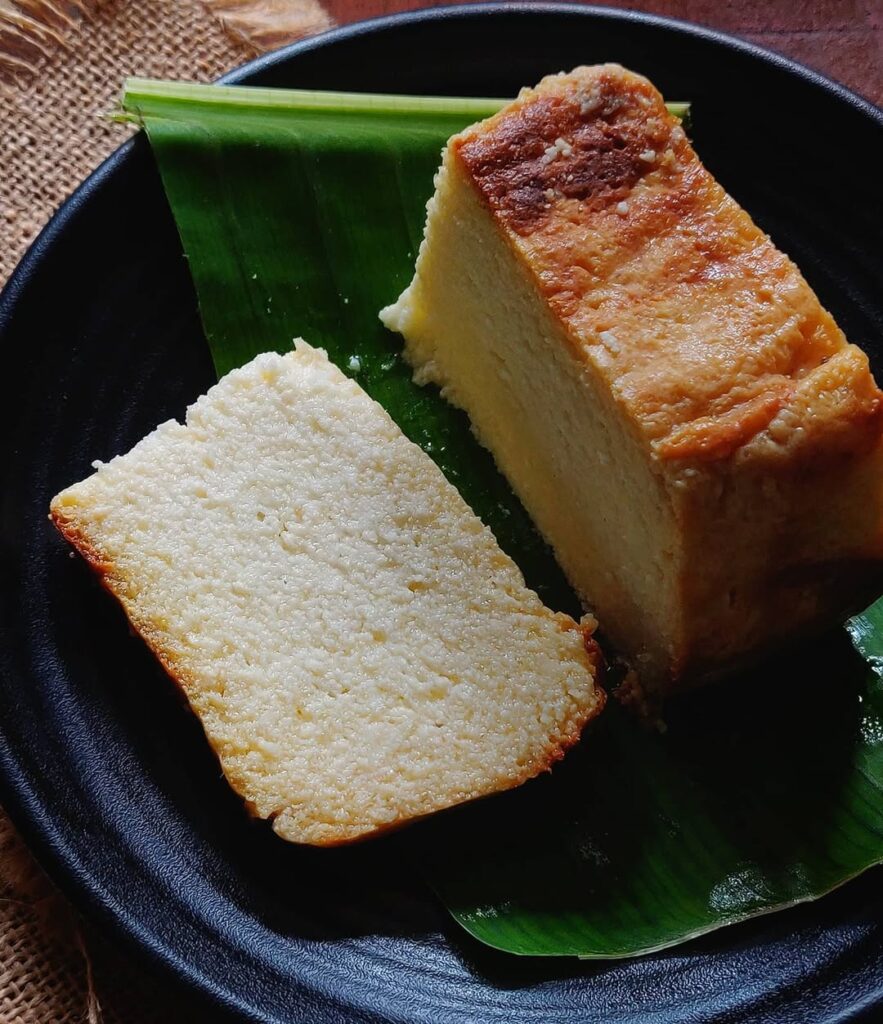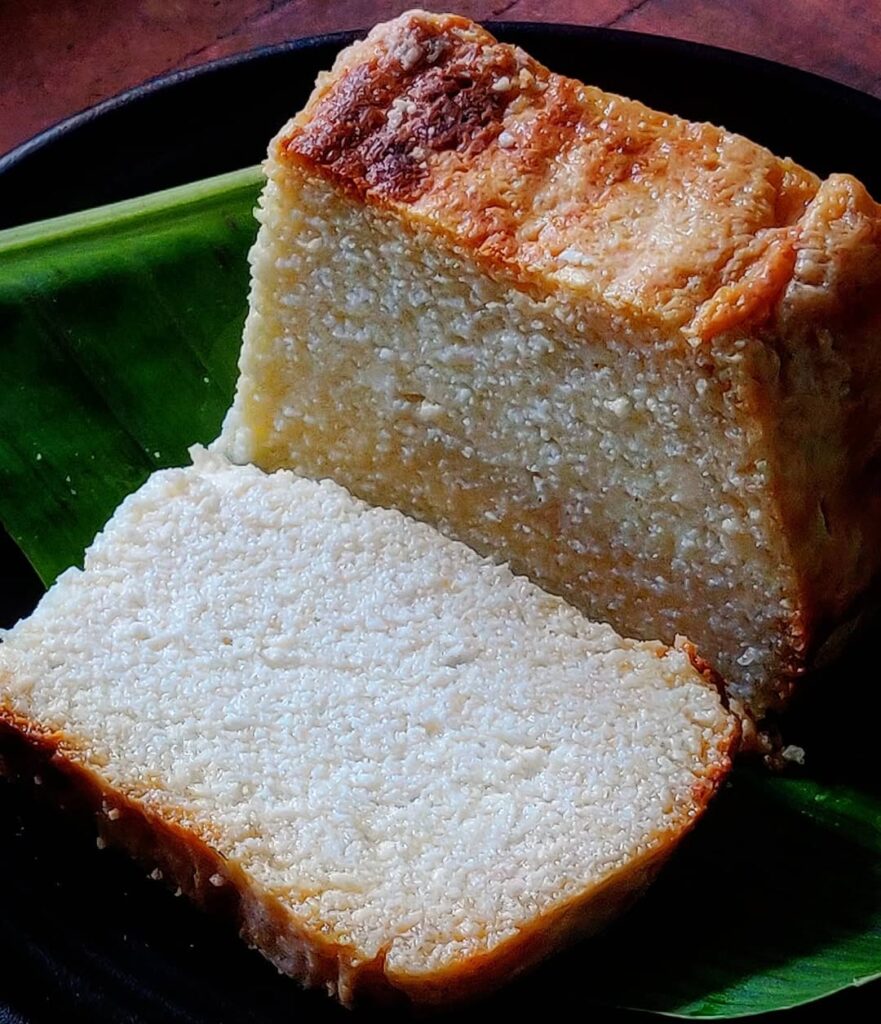Imagine biting into a dessert with a crisp, caramelized shell that cracks just right. Inside, you find a soft, moist center packed with sweet, milky notes. This is Chhena Poda, the burnt cheese delight that hooks you from the first taste. No other Indian sweet matches its unique blend of textures and flavors. It stands out from creamy rasgullas or dense gulab jamuns.
Chhena Poda holds a special spot as Odisha’s national dessert. People serve it at festivals like Rath Yatra and family gatherings. Its roots run deep in the state’s culture, where it brings joy to every bite. This guide dives into its history, how to make it, and tips for success. You’ll learn to create an authentic version at home that rivals any shop in Puri.


Chhena Poda traces back to Odisha’s villages. Local tales say a confectioner named Sura Bej left leftover chhena in an earthen pot near a fire one night. By morning, the mix had baked into a golden treat. That happy accident birthed this Odisha famous sweet. Now, it graces plates across India and beyond.
Folks link it to ancient temple traditions in Jagannath Puri. Priests offered simple milk sweets to gods, and this evolved from there. As an Indian baked cheesecake, it shares traits with Western cheesecakes but skips the oven crust. Its story shows how everyday mishaps spark culinary gems. Bakers still honor that old method today.
Odisha pushes for a GI tag on Chhena Poda to protect its roots. This would lock the name to sweets made with local ingredients, like fresh cow milk from the region. Such tags help crafts like Darjeeling tea stay true. Right now, no official GI exists, but talks continue to safeguard the recipe.
In Puri, they bake it in clay pots for that smoky edge. Cuttack versions add more cardamom for spice. Modern twists pop up in cities, with vegan options using tofu. Yet, purists stick to traditional styles. These differences highlight how one dish adapts while keeping its core.
Chhena is the heart of this dessert, not your average paneer. Store paneer stays firm and block-like, great for curries. Chhena, though, crumbles soft from fresh milk curds. It needs that light touch to hold moisture without turning tough.
You make chhena by heating milk and adding lemon juice or vinegar. The acid splits the milk into curds and whey. Strain it gently, and you get the fluffy base. Skip store-bought; fresh yields better results. This step sets your Chhena Poda apart from bland copies.
Drain chhena well, but don’t squeeze too hard. Wet chhena makes a soggy base that steams instead of bakes. Dry chhena turns grainy, like overcooked rice. Aim for a balance where it holds shape yet feels damp.
Hang it in a cloth for 30 minutes to let whey drip out. Press lightly if needed. For how to drain chhena for sweets, test by squeezing a bit – a few drops should come, not a flood. This trick ensures even baking and smooth texture.
Start with 500 grams of fresh chhena. Mix in 200 grams of sugar or jaggery for that deep flavor. Add two tablespoons of ghee to bind it, plus a teaspoon of cardamom powder. Some recipes toss in semolina for extra chew.
Jaggery gives a rustic taste and darker crust than white sugar. It caramelizes slow, building that signature burnt top. A top Odia chef once shared the key ratio: one part sugar to two and a half parts chhena. This keeps sweetness in check without overwhelming the milk notes. Mash the mix by hand for even spread.
Pack the mix into a greased tin or earthen pot. Dust sugar on top for extra caramel. Bake at 160°C for about an hour. High heat chars the outside fast but leaves the middle raw. Low temps let flavors build slow, like a good stew.
Check at 45 minutes; the top should turn deep brown. If using an oven, place the tin in a water bath for steam. Traditional ways use coal embers for even heat. Patience here pays off in a moist core. Pull it out when a toothpick comes clean from the center.
Let it cool in the tin for 10 minutes. Then, chill in the fridge for two hours at least. Heat makes the structure set firm as it cools. Skipping this step leads to a mushy slice that falls apart.
Flavors blend during rest, like marinating meat. The caramel softens just enough. Cut into squares once cold. This wait turns good batter into great dessert.
A grainy center often comes from over-mixing chhena. Mash gently to avoid breaking curds too fine. Or, you drained it too much, sucking out needed moisture. Next time, check the hang time.
If it’s crumbly, add a touch more ghee or milk. Why is my chhena poda grainy? Usually, it’s old chhena or rushed kneading. Knead 5-7 minutes max. Fresh start fixes most woes.
Pale crust means low sugar or short bake. Boost the top layer of sugar for better char. A burnt top? Pull it early or cover with foil midway. Use a heavy pan to spread heat even.
Home bakers on forums often pick thin tins, leading to burnt edges. Opt for thick ones, like cast iron. This controls color without bitterness. Test your oven spots for hot zones too.
Serve Chhena Poda at room temp for best taste. Warm it slightly if you like, but cold works for slices. Cardamom adds warmth; nutmeg hints at earthiness in some recipes.
Cut into wedges and dust with powdered sugar. In Odisha homes, it pairs with hot tea. Simple setup lets the flavors shine. No frills needed.
Chefs now mix in saffron or nuts for luxury. Serve with vanilla ice cream for cool contrast. Or, top with mango compote in summer. These nods keep it fresh.
Market data shows regional sweets like this up 20% in urban spots. Vegan versions use almond milk chhena. Pair it with black coffee to cut the sweet. Fun ways to enjoy an old favorite.
Welcome to tourmyodisaha.com, where we embark on a culinary journey to explore one of India’s cherished sweet treats—Chhena Poda. This delightful dish originates from Odisha and has captured hearts far beyond its borders. Let’s dive into the rich history, the ingredients, and the process that makes this dessert a true gem of Indian cuisine.
Chhena Poda translates to “burnt cheese” in English, referring to the main ingredient used in this delectable treat—chhena, or Indian cottage cheese. Traditionally, Chhena Poda is made by kneading fresh chhena with sugar, semolina, and cardamom. The mixture is then baked until it has a beautiful golden-brown crust, creating a unique and inviting flavor.
Legend has it that Chhena Poda was accidentally created by a sweet maker in the 1940s who left the chhena in the oven a little too long. Instead of discarding it, he decided to taste it and was pleasantly surprised by the smoky flavor that emerged. Since then, this dessert has become a staple in Odisha, often enjoyed during festivals and special occasions.
Creating a perfect Chhena Poda requires only a few simple ingredients, but the magic lies in their quality. Here’s what you need:
Optional ingredients can include raisins and cashew nuts for added texture and flavor.
The process of making Chhena Poda is quite simple and rewarding. Here’s a step-by-step guide to help you create this mouth-watering dessert at home:
Not only does Chhena Poda illustrate the simplicity of traditional Indian sweets, but it also offers a delightful blend of flavors that harmonizes perfectly with its rich, creamy texture. It’s a dessert that celebrates the essence of home-cooked meals and the joy of sharing good food with loved ones.
Whether you’re looking to satisfy a sweet tooth or impress your guests at your next gathering, Chhena Poda is sure to be a crowd-pleaser.
Join us on our journey through the world of Indian cuisine! For more delicious recipes and tips, stay tuned to tourmyodisaha.com.
Happy cooking and tasting!
High-quality, well-drained chhena makes all the difference in Chhena Poda. It builds the base for that perfect bite. Fresh prep beats store stuff every time.
Slow baking demands patience, but it crafts the magic. Rush it, and you miss the caramel soul. Take your time for pro results.
Try this recipe soon. Bake up a batch and taste Odisha at home. Share your pics or tweaks – it’s easier than you think.